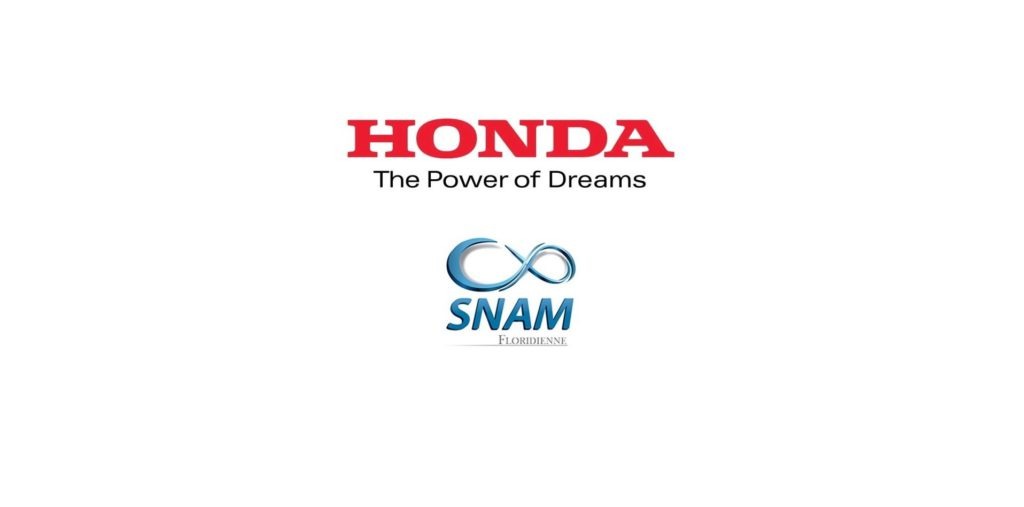Used Honda batteries to get new lease of life
16 April 2020

16 April 2020
Honda is expanding its partnership with battery recycling enterprise Société Nouvelle d’Affinage des Métaux (SNAM) to recycle batteries from their hybrid and electric vehicles (EVs).
The pan-European agreement will look to extend the sustainable usability of end-of-life batteries. After collecting the used units, SNAM will prepare them for ′second-life’ renewable energy storage or if they’re not suitable, extract the valuable materials for recycling.
Reuse or recycle
Having worked together since 2013, Honda and SNAM have experience in ensuring the traceability of end-of-life batteries and their disposal under EU environmental standards. The expansion of this agreement will see SNAM collect lithium-ion and nickel metal hydride (NiMH) batteries from Honda’s dealer network and treatment facilities across 22 countries. After analysing which units can be repurposed for inclusion in a new energy-storage device, SNAM makes these products available for domestic and industrial use.
When cells are damaged and unsuitable for reuse, SNAM looks to extract materials like cobalt and lithium. This extraction process is achieved through hydrometallurgy techniques involving the use of aqueous chemistry. This means using a solution or mixture in which water acts as a solvent. Once the useful elements have been extracted, they can be reused in the production of new batteries, colour pigments or as additives for mortar. Other commonly used materials that can also be recycled include copper, metal and plastics.
Dealers can request and arrange the collection of batteries for processing through SNAM’s online platform. Collection can be arranged from centralised storage hubs within 15 working days, reducing the need for them to be stored at dealers’ premises.
The agreement only covers the processing of large ′traction’ batteries used to power electric motors in hybrids and EVs, as opposed to the smaller batteries used for ignition in petrol and diesel cars.
Second life application
′As demand for Honda’s expanding range of hybrid and electric cars continues to grow so does the requirement to manage batteries in the most environmentally-friendly way possible,’ said Tom Gardner, senior vice president at Honda Motor Europe.
′Recent market developments may allow us to make use of these batteries in a second-life application for powering businesses or by using recent improved recycling techniques to recover useful raw materials, which can be used as feedstock into the production of new batteries,’ he concluded.
Honda plans to make 100% of its mainstream vehicle range electrified by 2022 as part of its ′Electric Vision’. Having a recycling route in place for used batteries will help promote a sense of sustainability for the carmaker. Demand for batteries is only set to increase with manufacturers needing to produce more electrified vehicles to navigate European emissions targets. Consumers will bolster demand as their interest in EVs increases.
With the potential for ′organic batteries’, like those used in the Mercedes- Benz Vision AVTR, still several years away, the sustainable use of rare-earth elements and metals in batteries is vital. Manufactures will have to get behind recycling programmes like this in the short to medium term to sustainably meet demand.